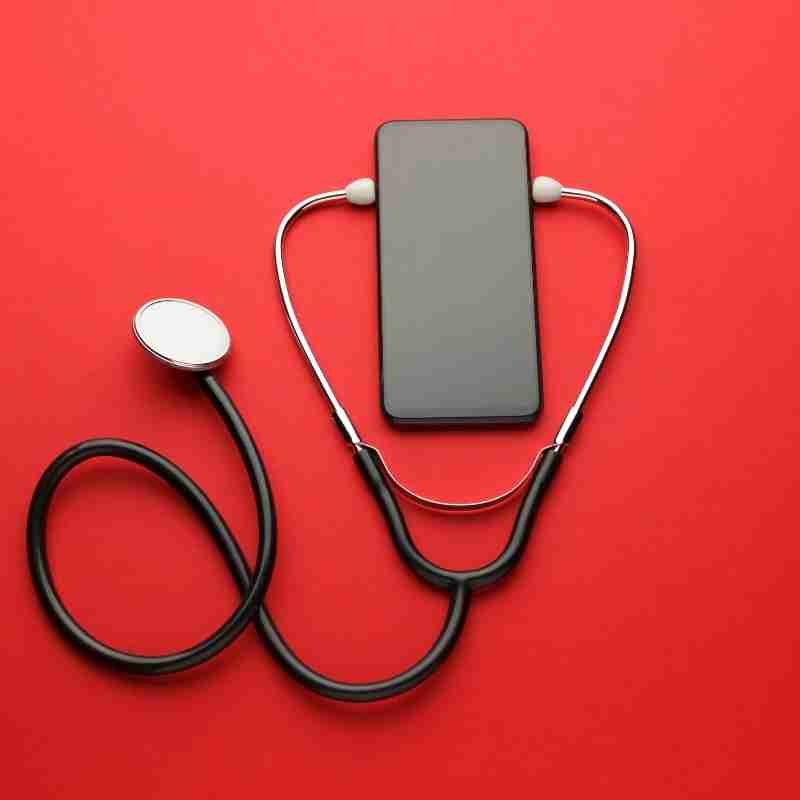The diagnostic analysis is a form of advanced analytics that examines data or content to answer the question “Why did it happen?”
What is diagnostic analytics?
A popular definition of diagnostics is “the study of the origins of illnesses and their treatment.” Another definition refers to the study of classification. The typical way that enterprises and healthcare organizations use diagnostics is to use analytics to categorize, label and categorize, organize and prioritize data. So the important question to ask is, why is this a crucial use case for analytics?
Unlike regression, probability, randomness, and classification, the origin of symptoms and their treatment is very dependent on the attributes of the patient, the treatment, and the environment of the patient. Most importantly, if the information you have is accurate, then you will be able to make better decisions.
Why is Diagnostic Analytics important?
Diagnostic analytics is essential for executives seeking to understand the context of their data and how it might relate to one or more business processes.
It has three main roles:
Eliminates the need for manual data entry by providing comprehensive, interactive reporting of data that helps to reveal insights that would be impossible to see or capture manually.
Allows for clearer customer interactions by assessing customer behavior, experiences, and relationships across the entire system.
Empowers healthcare professionals to deliver personalized customer experiences to patients that are designed to improve patient outcomes, save money and shorten the length of stay.
Benefits of Diagnostics Analytics

How can it be implemented in healthcare?
Diagnostic analytics can have a significant impact on the efficiency of healthcare organizations. Through visualization, predictive analytics, and predictive modeling, can generate insights that lead to efficiencies in care delivery.
Specific areas where this technology could be used include fraud detection, fraud detection in clinical trials, and patient stratification based on factors such as diagnosis, genetic and environmental factors. Although the role of predictive analytics is to drive analytics and diagnostics, it is useful for many other purposes, including predictive maintenance, product testing, and warehouse management.
Conclusion
Ultimately, we need to embrace new technologies that can advance the field of healthcare. The same technology that makes it possible for us to connect to the outside world, to gain knowledge, and to improve our lives, can improve our health. With this knowledge, we can learn more about ourselves and how we can improve our health.









